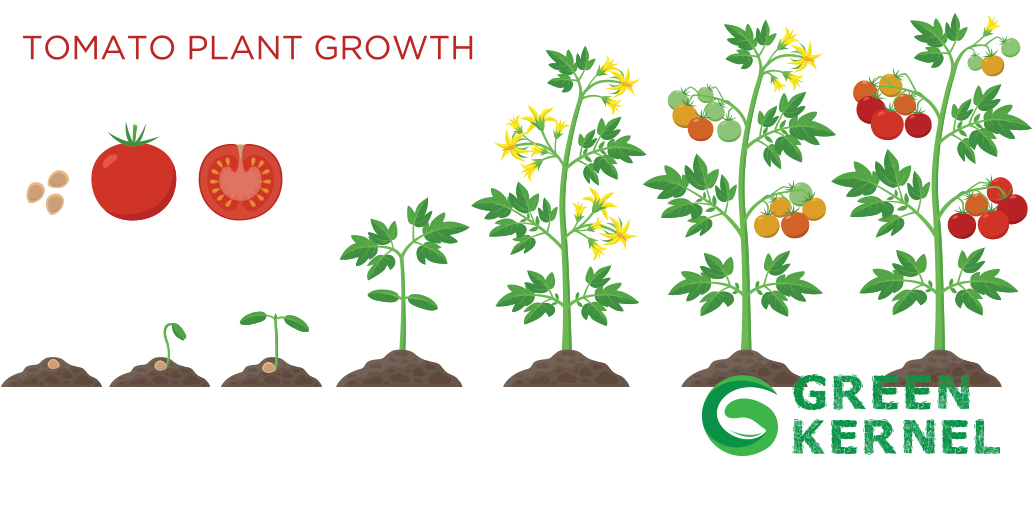Vegetable seeds
A seed is the main survival organ in seed plants. The seed is an outgrown ovary or ovule. In gymnosperms the ovules are free, in angiosperms one or more ovules are in the ovary. An ovary can develop into a fruit in many species.
Hybrid Seeds
Some people think that F1 hybrid seeds are genetically engineered. But it’s not that exciting. They are the seeds of a cross between two plants, which have certain desirable properties. As a result, F1 hybrid seeds have good properties of different plants!
How are F1 hybrid seeds created?
You have two plants. For example, plant A is disease resistant, plant B has a high yield. The plants are grown separately from each other (via self-pollination) for these desired characteristics. After a few years, all offspring of plant A will be disease resistant (without exceptions), and all offspring of plant B will have a high yield. The plants are then called “homozygous”.
What happens next?
A homozygous plant A is crossed with a homozygous plant B. The first offspring from this crossing are F1 hybrid seeds. The plants that come from these seeds are therefore both disease resistant and have a high yield.
Only the first offspring from the cross are F1 hybrid seeds. The plants of these seeds do not provide a new generation of F1 hybrid seeds. Only a small percentage will retain both desirable properties.

Characteristics Seeds
| Characteristics F1 Hybrid Seeds | Characteristics ”regular” Seeds |
| Certain desirable traits such as high yield | Difference in taste, yield, shape, color, taste, growth rate, etc |
| Little difference in shape, taste, color and growth rate | Possibility of identical propagation |
| No possibility of identical propagation | Cheaper than F1 hybrid seeds |
| More expensive than “regular” seeds |
